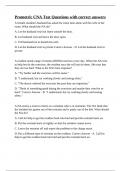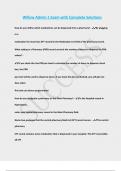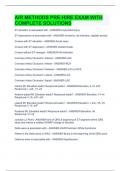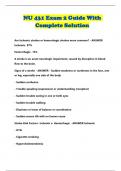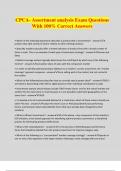Physiology Jekabsons Lecture Notes ENTIRE semester
Literally all of the lecture notes and diagrams from Bisc 330 at Ole Miss with Mika Jekabsons. Miss a lecture because they are literally way too early? Well I've got them for you!
Written for
Document information
- Uploaded on
- August 31, 2019
- Number of pages
- 69
- Written in
- 2018/2019
- Type
- Class notes
- Professor(s)
- Mika jekabsons
- Contains
- All
Subjects
- physiology
- bisc 330
- jekabsons
-
lecture notes

